
Discover Corte, a historic fortress town located in central Corsica at the foot of the island’s highest mountains.
Through centuries of turbulent history that shaped Corsica’s unique heritage, the famous cite-citadelle rose to prominence as the bastion of the Corsican revolution. In the 18th century, Corte became the epicentre of the island’s cultural, political and social life. Designated the capital of the independent republic in 1755 by Pasquale Paoli, it epitomizes, to this day, the nation’s unifying spirit of freedom and a commitment to self-determination.
As the seat of Università di Corsica, Corte plays host to over 4000 students, a youthful, multinational population contributing to the city’s vibrant and refreshingly convivial atmosphere. Although small, the town boasts numerous bars, coffee shops and restaurants, whereas regular cultural events add to its bohemian air.
With an exceptional natural setting in the heart of the Regional Nature Park of Corsica, Corte is also blessed with unrivalled access to various recreational and outdoor attractions. From hiking to mountain climbing, freshwater swimming or even snow-shoe walking, it offers unforgettable adventures year-round.
This page contains affiliate links meaning I get a commission if you decide to make a purchase through my links, at no extra cost to you. Click here to learn more.
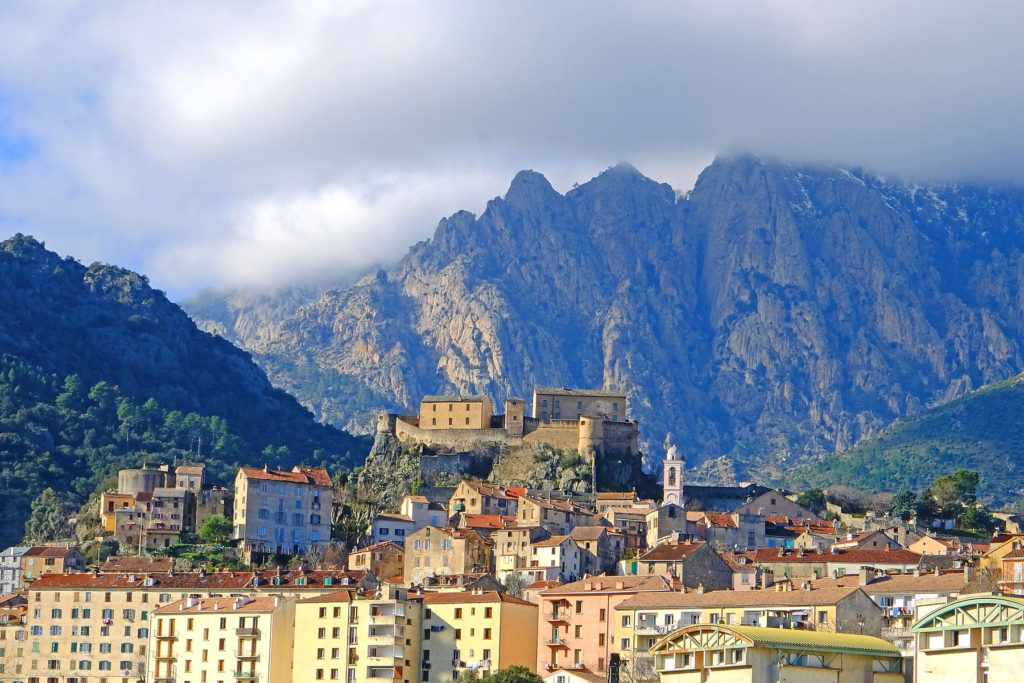
BEAUTIFUL SETTING OF CORTE
Corte occupies a central position in the heart of Corsica’s mountains at the confluence of two glorious rivers, Restonica and Tavignano.
Overlooking the town, on a steep 400 m high rocky spur, its forbidding 15th-century Citadel dominates the interior’s beautiful landscapes.
The natural attractions of Corte’s surrounding geographic regions belong to some of the island’s most scenic highlights. The Niolo valley, a wild, solitary plateau in the northwest, is home to Corsica’s highest peaks, such as Monte Cinto (2706 m), the photogenic Paglia Orba (2525 m), or the celebrated high-altitude lake Nino. In the west, two spectacular river valleys, Restonica and Tavignano, lead to craggy peaks of the Monte Rotondo Massif, Lac de Melo, and Lac de Capitello. The Venachese region in the south, with its magical Forest of Vizzavona, offers endless hiking opportunities for nature lovers, while the rugged land of Bozio in the east is a rare treasure trove of Roman art and architecture.
Strategically situated at the crossroads of ancient routes, Corte benefits from easy access to Bastia in the north (70 km) and Ajaccio, Corsica’s capital city on the west coast (85 km). The main T20 road and a Corsican railway line connect both towns.
The Mediterranean climate of the island is responsible for Corte’s hot and dry summers, however, the alpine zones of the surrounding mountains may receive snowfall already in October. Favourable conditions to pursue and enjoy winter sports often last until May.
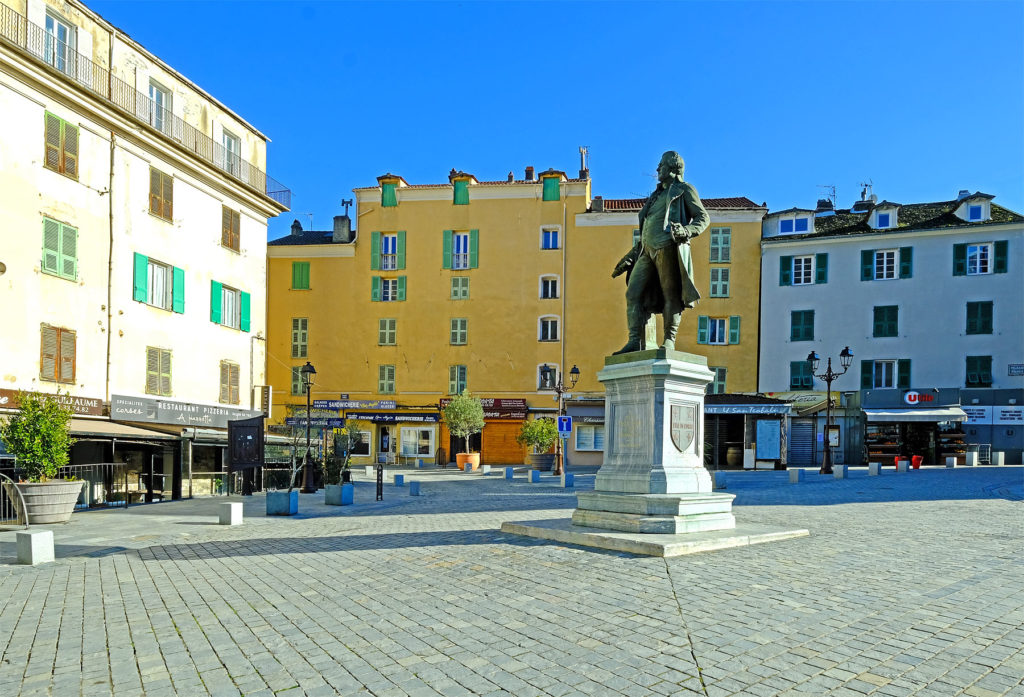
BRIEF HISTORY OF CORTE
- Evidence of human activity in Corte dates back to the Bronze Age.
- From 238 BC to 600 AD, the territory of Corte, along with the rest of the island, was ruled by the Romans.
- The first human settlement founded on the granite outcrop was built by the Moors during their subsequent occupation of the area.
- The period of feud between Pisa and Genoa, which also engulfed the island, was marked by the rise of Corsican noblemen. Local lords asserted their authority, and rivalries intensified.
- In the wake of Pisa’s defeat at Meloria in 1284, Corte succumbed under the authority of the Genoese, who took control of the island.
- In 1419, Vincentello d’Istria, a Corsican count appointed viceroy to the King of Aragon, erected the Citadel and fortified the vertiginous promontory in order to resist Genoa in their domination of the territory. Following Vincentello’s execution in 1434, the victorious Genoese took over the stronghold and continued to expand it.
- Sampiero Corso, a Corsican soldier accompanied by French troops, conquered the city in 1553, although the fortress was taken back 6 years later.
- As of 1730, during the Wars of Independence, Andrea Ceccaldi and Luiggi Giafferi, local patriots later elected Generals of the Nation, began an insurrection against the Genoese occupier. They managed to seize Corte, and in 173,1 a Constitution was adopted at the first National Assembly. Corte was recaptured by the Genoese, this time supported by the Habsburgs. In 1739, the town succumbed to French troops led by Maillebois.
- In 1746, General Jean-Pierre Gaffory, who was to become General of the Nation, seized the Citadel. After his assassination, Pasquale Paoli returned from exile to take over leadership of the rebellion against the Genoese and the French. Having declared independence, he appointed Corte the Capital of Corsica, introduced a modern constitution, and in 1765, founded Università di Corsica, the first university on the island.
- Following Paoli’s defeat at Ponte Nuovo in 1769, Corsica’s independence came to an end. With the Treaty of Versailles, the Genoese ceded the island to France, whereas Paoli exiled to England. As of this time, Corte lost its political prominence, although in the hearts of Corsican patriots, it prevailed as their spiritual capital and the embodiment of resistance.
- From 1962 to 1983, the Citadel of Corte served as a base for the Foreign Legion.
- In 1981, the town’s university, formerly closed in 1769, once again opened its doors to generations of students. As a multidisciplinary institution, it offers 8 faculties and 100 diplomas.
- The flourishing tourism industry of the modern era has played a vital role in Corte’s economic development. With its fascinating history and exceptional natural heritage, the town continues to offer its visitors innumerable attractions and exciting outdoor activities.
TRAVELLER’S COMPANION FOR A TRIP TO CORSICA – GRAB YOUR EBOOK!
33 Natural Pools and Waterfalls in Corsica
Descriptions – Directions – Coordinates
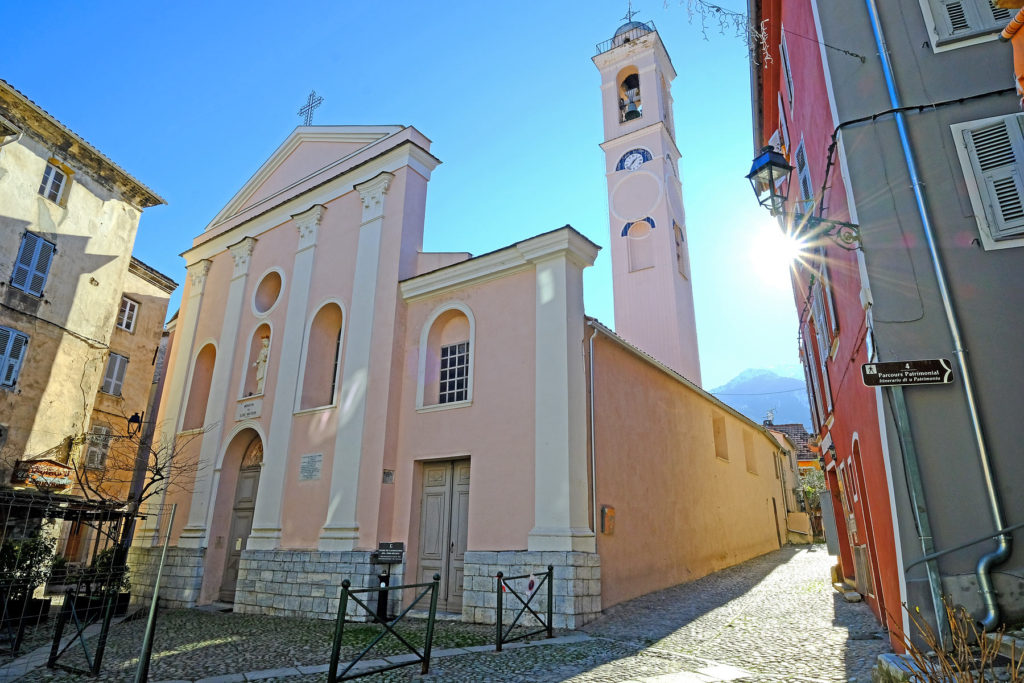
11 BEST THINGS TO SEE AND DO IN CORTE
- Admire the statue of Pasquale Paoli, the leader of Corsica’s resistance movement, situated at the town’s main square named after the patriotic hero. Place Paoli is located at the top of the main avenue, Cours Paoli, where numerous bars, relaxing restaurants, and shops offer their services to the town’s cosmopolitan population.
- Enjoy the refreshing Pietra at Place Gaffory, a lovely square situated in the Old Town below the Citadel. Centrally positioned is an imposing statue of a fearless patriot, General Jean-Pierre Gaffory, who served as the head of the Corsican government between 1730 and 1750. Famous for his fierce campaigns against the Genoese, the brave general was assassinated in 1753 at the age of 49. His house, positioned opposite the church, still bears traces of bullets made by the aggressors during the famous siege of 1750, during which the general’s wife, Faustina, ferociously defended the fort.
- Explore Eglise de L’Annonciation, a baroque-style church built in 1450, further enlarged and restored in 1655. Its side chapel houses a wax figure of St. Theophilus, the patron of Corsica. Joseph Bonaparte, Napoléon’s brother, was baptized in the church in 1768.
- Visit Oratoire St-Théophile, an open-air chapel located behind the church in a square bearing the saint’s name. The elegant arcaded building was constructed on the site of St. Theophile’s birthplace.
- View Maison Arrighi de Casanova, a Corsican nobleman’s house where Napoléon Bonaparte’s parents, Laetitia and Charles, resided for a few years. Napoléon’s brother Joseph, the future King of Spain, was born there on 7th January 1768.
- Discover a recently renovated Chapelle-Sainte-Croix dating back to 1634. The richly decorated single-nave chapel used to house the Penitents of the Holy Cross Brotherhood still depicted on the pediment of the altar.
- View Palazzu Naziunale, the only example of the Genoese civil architecture, located by the gateway to the Citadel. The large solid building was the seat of the Corsican Government during the reign of Pasquale Paoli, and in 1765, it housed Corsica’s first university.
- Admire spectacular panoramas across the Restonica and Tavignano Valleys from the Belvédère, Corte’s famous viewing platform. A short climb from the town centre is worth the effort, especially during the sunset hours when shadows enhance the scenery.
- Explore Corte’s emblematic Citadel sat high atop a granite outcrop. A medieval tower called Nid d’Aigle (Eagle’s Nest), the oldest part of the original Vincentello d’Istra Castle, dates back to 1419. Defences of the Citadel were further improved in the 18th century with the construction of the barracks completed in 1776. First converted into a prison, the fortress later served as a military base for the Foreign Legion. The site was opened to the public in 1984. Admission to the Citadel is included in the entry ticket to Musée de la Corse.
- Visit Museu di a Corsica dedicated to Corsican culture and anthropology, housed in the former barracks of the Citadel. The collection includes three museographic sections- the Galerie Doazan dedicated to rural Corsica over the centuries; the Museum of Tomorrow devoted to human activity in the social, cultural, and economic sphere; and a temporary annual exhibition which showcases aspects of contemporary Corsica. The fare is 5.30 € per person, with guided tours offered in July and August upon prior reservation.
- Discover delicious Corsican specialities in the Ghionga store at 9 Rue du Vieux Marché in the Old Town. One of Europe’s oldest grocery shops dating back to 1769, with a brightly-coloured orange facade, l’épicerie Ghionga is not to be missed.
BOOK FUN RIVER ACTIVITIES IN THE AREA
- Canyoning in the Verghellu Canyon. Enjoy an exciting half-day aquatic adventure in one of Corsica’s most entertaining canyons. With a certified guide, you will discover breathtaking scenery, swimming in natural river pools, sliding and abseiling. You must be able to swim but no prior canyoning experience is required.
- Canyoning for families in the Vecchio Canyon. Swim, splash, jump, and slide in the emerald river water on a thrilling half-day excursion descending the beautiful Verghellu Canyon. This playful activity is accessible to children as young as 6 and will satisfy the whole family.

7 BEST THINGS TO SEE AND DO AROUND CORTE
- Enjoy a revitalising swim in the cool emerald waters of the Restonica River. With a spectacular backdrop of some of Corsica’s highest mountains, the green valley provides perfect surroundings for a relaxing afternoon.
- Hike along a medieval mule track winding along Tavignano, Corsica’s deepest gorge. Easily accessible from Corte, the trek offers a wonderful combination of dramatic mountain scenery and soothing sounds of crystal-clear cascading river water.
- Walk to beautiful glacial lakes Melo and Capitello nestled in the upper valley of the Restonica River.
- Enjoy an unforgettable scenic drive through the wild, rocky universe of Défilé de la Scala Santa Regina.
- Admire the Pont du Vecchio rail bridge, an architectural jewel built by Alexandre-Gustave Eiffel in 1891.
- Explore numerous hiking trails in the Foret de Vizzavona, a fragrant expanse of beech and Laricio pine trees sprawled at the foot of Monte d’Oro. An easy walk to Cascades des Anglais offers plenty of shade and a cooling splash under tumbling water amid astounding mountain scenery.
- Discover the mesmerising Asco Valley, where outdoor enthusiasts and hikers are spoiled for choice with a multitude of exciting activities amid alpine landscapes. Swim, climb, snowshoe, or enjoy canyoning at the foot of Corsica’s highest mountain, Monte Cinto.
Wine lover’s companion for a trip to Corsica – Grab your ebook!
Corsica Wine Guide – from vine to glass
✓ 9 wine regions
✓ 74 producers
✓ 125 wines
BEST HOTELS IN CORTE
- Dominique Colonna (€€€)
- Hotel de la Restonica (€€)
- Les Jardins de la Glacière (€€)
- Hotel du Nord (€)
- Hotel Arena le Refuge (€)

PRACTICAL INFORMATION
- Gare de Corte, the city’s train station, is located on the T20/T50 roundabout at the bottom of the hill near the university, with daily connections serving Bastia, Ajaccio, and Calvi. Detailed information on timetables and prices may be found at cf-corse.corsica.
- Several coach operators run services between Corte and other Corsican towns. Eurocorse Voyages, the leading long-distance operator, offers working day connections to Ajaccio and Bastia. Buses depart from the main street, Cours Paoli or the CFC Corte station, depending on the provider. To learn about prices, timetables and companies consult the site www.corsicabus.org.
- Comprehensive information on Corte’s heritage and top attractions may be obtained at the town’s tourist office located inside the Citadel opposite the Museum.
- The post office is situated at Avenue du Baron Mariani, running parallel to the main street, Cours Paoli.
- There are numerous parking areas located within Corte. The largest 240-space covered car park Tuffelli is located at the top of Avenue Jean-Nicoli; another popular paid parking place may be found below the Citadel next to the Museum.
BOOK A 4X4 ASCO VALLEY TOUR FROM CALVI
Discover untouched nature and the river’s emerald swimming pools on an exciting day-long 4×4 tour of Asco Valley. With the backdrop of Monte Cinto, Corsica’s highest peak, you will explore some of the island’s wildest corners. Bring your swimwear to enjoy a dip in the torrent’s crystal clear water.
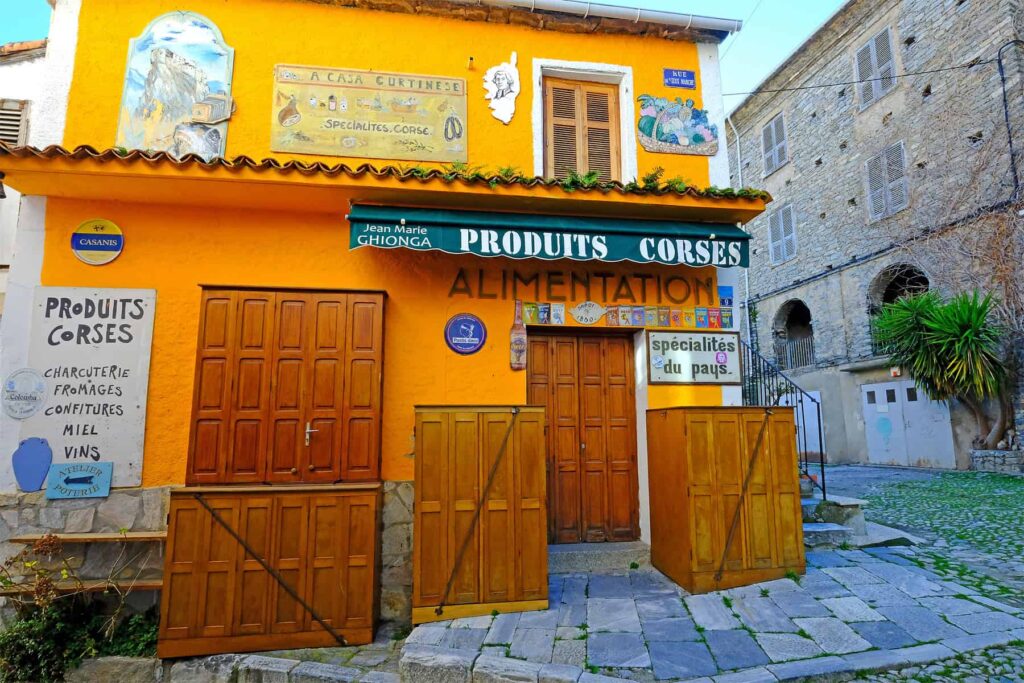
TRAVELLER’S COMPANION FOR A TRIP TO CORSICA – GRAB YOUR EBOOK!
33 Natural Pools and Waterfalls in Corsica
Descriptions – Directions – Coordinates
VISIT CORSICA’S SUBLIME NATURAL POOLS – GRAB YOUR GUIDE
Discover Corsica’s glorious natural pools and waterfalls with a concise guide featuring 33 stunning river spots across the island. Perfect for wild swimming, family outings, and nature exploration, it provides clear access details, GPS parking coordinates, and nearby attractions. From peaceful basins to dramatic cascades, it helps you safely navigate the island’s rugged landscapes and uncover hidden gems beyond well-trodden tourist paths. Ideal for planning unforgettable outdoor adventures, this practical 51-page eBook may become your companion on an exciting journey to Corsica’s pristine rivers.
READ MORE
- Where to stay in Corsica – best places and areas for your visit
- Best places to stay in Corsica for couples
- Best time to visit Corsica
- Corsica – where to go and what to do
- 11 Charming Corsican villages that will steal your heart
- Visiting Corsica – how to get there
- Is Corsica an expensive travel destination – money guide for visitors
- Getting around Corsica – do you need a car?
- Top 3 destinations for a car-free holiday in Corsica
- Is Corsica a safe place to visit – travel advice and tips
- What to avoid in Corsica – 11 common mistakes
- Driving in Corsica – tips and scenic routs ideas
- Visiting Corsica in winter – the ultimate travel guide
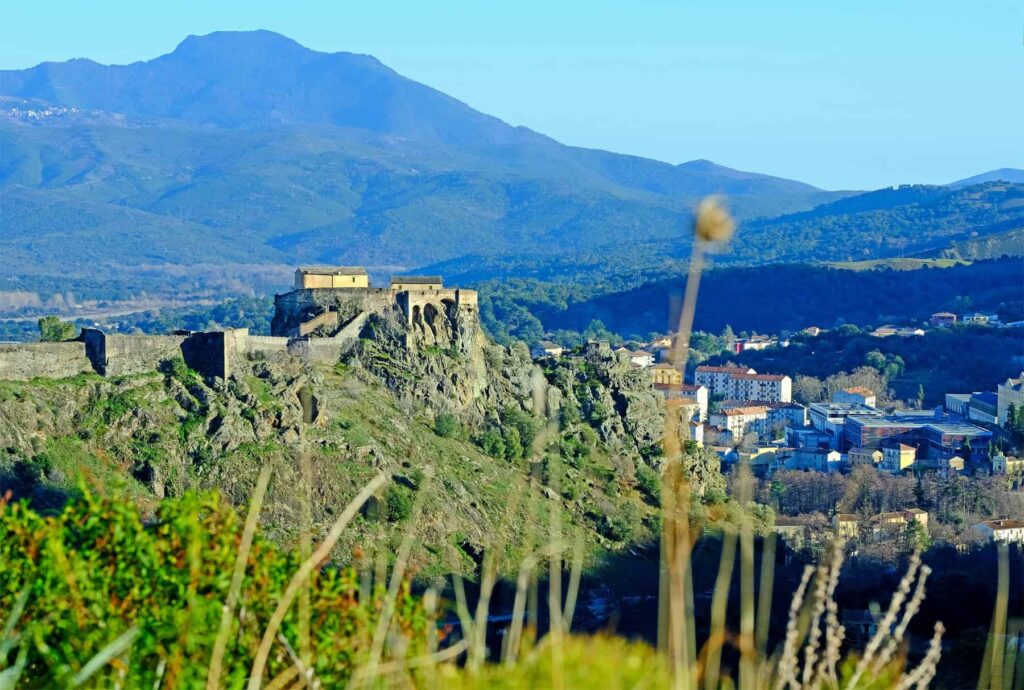
HELPFUL TRAVEL RESOURCES
Please help support CoolCorsica!
If you find this website as useful as a guidebook you may have had to buy to plan your adventures, please consider helping me with a small donation.
This all-content traveler-focused site is created in my spare time with a desire to share comprehensive information, useful tips, and inspiring photos of Corsica’s most scenic locations.
Please note that certain products/services and links to products/services are affiliate links and I may earn a commission for any purchases that you make, at no additional cost to you. I truly appreciate your use of any of the links I share.
With your generous help, I can continue to offer my advice and support in planning your dream holiday.
Thank you for your contribution!


